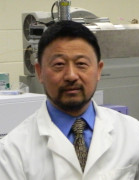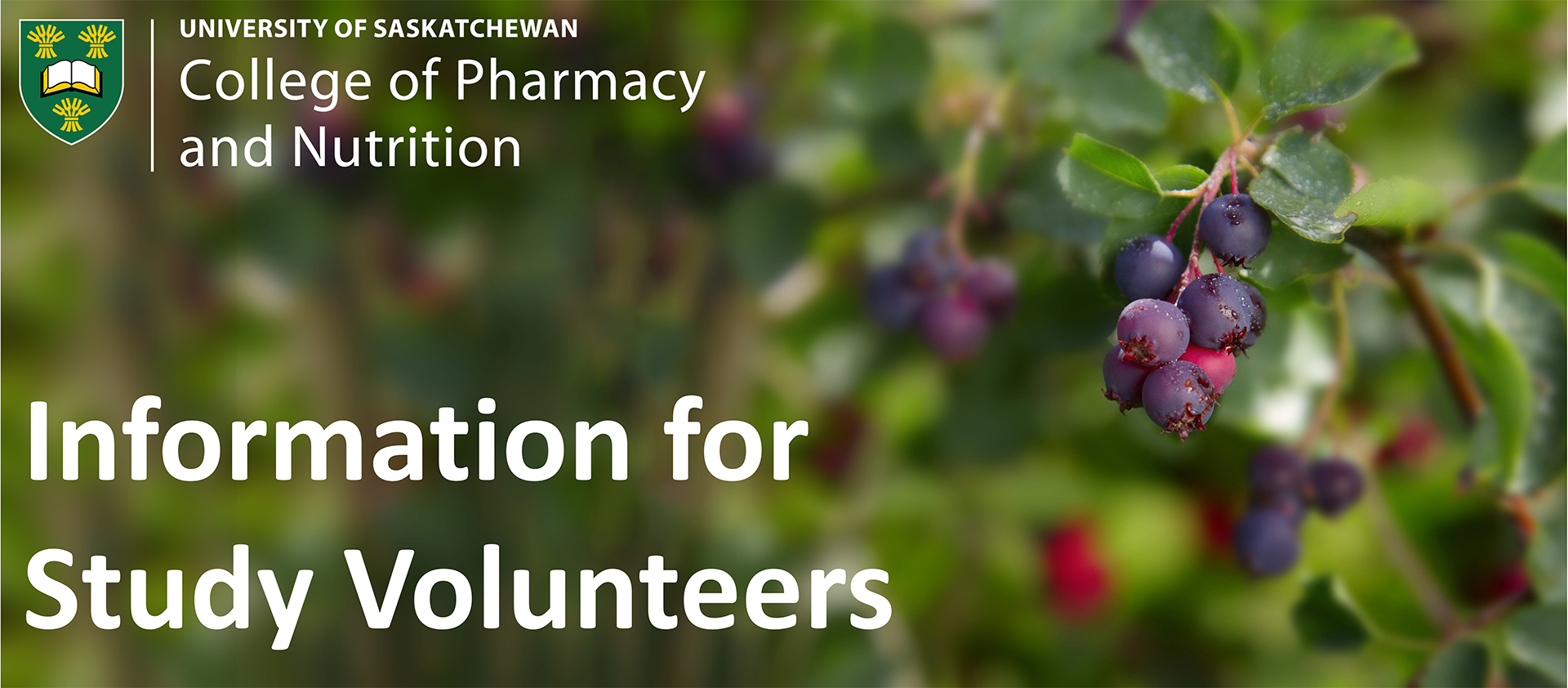
About saskatoon berries
The saskatoon name is an anglicization from the Cree language word misâskwatômina (Mis-sack-qua-too-mina), which means “the fruit of the tree of many branches”. Saskatoon berries were a staple food among many native American tribes and were often the only fruit available to European settlers in the earlier days. University of Saskatchewan has been instrumental in domesticating many varieties of saskatoon berries from nature. Popular cultivars include Smokie, Martin, Northline, Thiessen, Honeywood, and JB30, each with subtly different flavors.
The consumer appeal of saskatoon berries recently benefited from the phenomenal success of blueberries, the original “superfruits”. Saskatoon berries and blueberries share many similar characteristics that are important to consumers, including fruit color, shape, texture and nutrition. The intense purple color of blueberries and saskatoon berries is due to the presence of antioxidants called anthocyanins which is derived from Greek words anthos (ἀνθός = flower) and kyanos (κυανός = blue). Anthocyanins and other saskatoon berry antioxidants, such as proanthocyanidins and flavonols, have been associated with health benefits against cancer, heart disease, and other chronic conditions.
Related links:
Saskatoon Berry Council of Canada: http://www.saskatoonberrycouncil.com/ The Fruit Industry in Saskatchewan: https://www.saskatchewan.ca/business/agriculture-natural-resources-and-industry/agribusiness-farmers-and-ranchers/crops-and-irrigation/horticultural-crops/fruit U.S. Highbush Blueberry Council: http://www.blueberrycouncil.org/ Wild Blueberries: http://www.wildblueberries.com/About human volunteer study
All our human volunteer studies are reviewed and approved by the Behavioral and Biomedical Research Ethics Boards at the University of Saskatchewan which ensure compliance with government regulations. For biomedical studies involving taking blood samples, you will be invited for a face-to-face interview to review the details of the study and a Participant Information and Consent Form.
Related link:
Government of Canada Policy Statement: Ethical Conduct for Research Involving Humans: http://www.pre.ethics.gc.ca/eng/policy-politique/initiatives/tcps2-eptc2/Default/
Where the studies are conducted
Volunteer interviews and studies will be conducted in D-wing and E-wing of the Health Sciences Building at the University of Saskatchewan.
For Direction, click here for a campus map.
Announcement
Volunteer recruitment is closed for the study on the health benefits of saskatoon berries in elderly
We have completed volunteer recruitment for our study titled "Longer-term health effects of saskatoon berries in the elderly – a placebo controlled study".
Notice for survey participants in our food pattern in rural Saskatchewan study (May 16, 2016)
Thank you for participating in our survey on rural dietary patterns. We conducted a prize draw on May 16, 2016 according to a standard protocol. Eighty-three participants who completed the survey and offered their names and email addresses entered the draw. Two participants were randomly selected as winners of $250 campus book store gift cards.
Related publications from our laboratory
View Dr. Fang's publication record on Google Scholar.
Liu JG, Song JX, Huang JN, Michel D and Fang J (2018) HPLC-MS/MS analysis of anthocyanins in human plasma and urine using protein precipitation and dilute-and-shoot sample preparation methods, respectively. Biomed Chromatogr 32(5), e4177
Fang J (2015) Classification of fruits based on anthocyanin types and relevance to their health effects. Nutrition 31, 1301-1306
Fang J (2014) Bioavailability of anthocyanins. Drug Metab Rev 46(4), 508-520
Fang J (2014) Some anthocyanins could be efficiently absorbed across the gastrointestinal mucosa: Extensive presystemic metabolism reduces apparent bioavailability. J Agri Food Chem 62, 3904-3911


